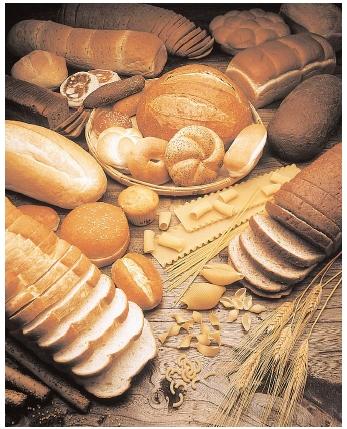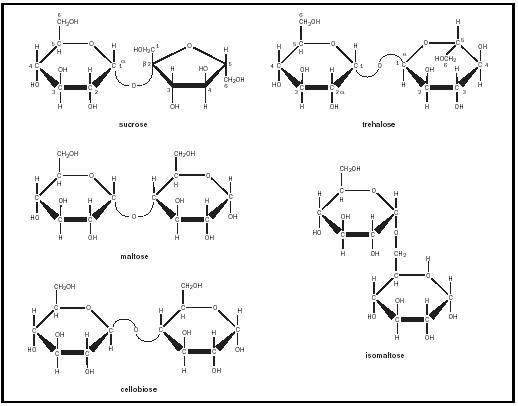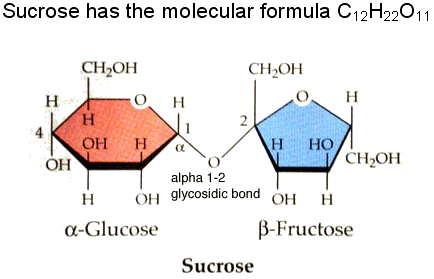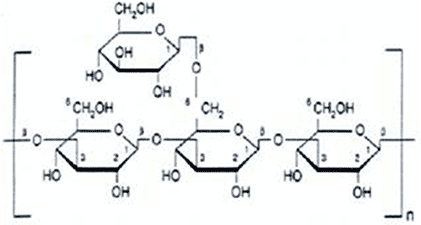 SUGAR / CARBOHYDRATE
SUGAR / CARBOHYDRATE
- an organic compound made up of sugar molecules.
- contain the elements: carbon, hydrogen and oxygen
-ratio: 1carbon, 2hydrogen 1 oxygen - these are a type of carbohydrates
- these are a type of carbohydrates
-WHEAT
-BREAD
MONOSACCHARIDES: 
- simple sugars containing just one sugar unit
-Examples: glucose, fructose, lactose
-many mono saccharides are found in sweet
things
-the right picture shows the complete molecular structure of glucose, sucrose and starch.
-glucose supply the fuel for cellular work DISACCHARIDES:
DISACCHARIDES:
- constructed with two monosacchrides, double sugar using the dehydration reaction
- Sucrose is the most common disaccaride
- Sucrose consists of a glucose molecule linked to a fructose molecule -Sap of maple trees are sucrose
-Sap of maple trees are sucrose
-Once consumed, sucrose can break down into glucose and fructose and used right away. POLYSACCHARIDES:
POLYSACCHARIDES:
-Long polymer chains made up on simple sugar monomers
-complex carbohybrates
- starch is a polysaccharides, consists of glucose monomers
-Starches include: potatoes, rice and corn - glycogen is the excess sugar in the form of a polysaccharides
- glycogen is the excess sugar in the form of a polysaccharides
-
CELLUSE: serve as building materials
- almost all carbohydrates are hydrophillic
-however, celluse and starch and others don't dissolve in water
Concept Check:
1.Explain the difference between a monosaccharide and a disaccharide.Give an example of each. The difference between a monosaccharide and disaccharide is that a monosaccharide is a simple sugar with just one unit of sugar, while disaccharides are two monosaccharide together. A monosaccharide will be glucose and a dissaccharide will be sucrose, which is glucose and fructose added together.
2.Compare and contrast starch, glycogen, and cellulose. Starch, cellulose and glycogen are all made up of glucose monomers. Starch is a polysaccharides found in plants cells while glycogen is a excess sugary in form of polysaccharidesfound in animals such as turkeys. Cellulose on the other hand, serve as building materials to make fiber from plants.
3.How do animals store excess glucose molecules.Animals store excess glucose molecules in a form of glycogen since glycogen is the excess sugar found in animals.





0 comments:
Post a Comment